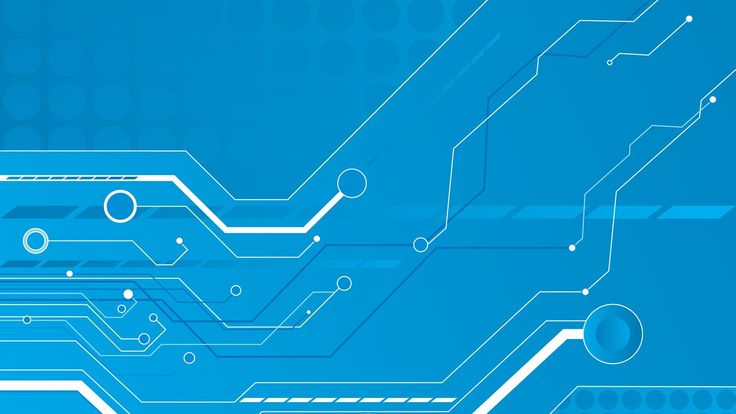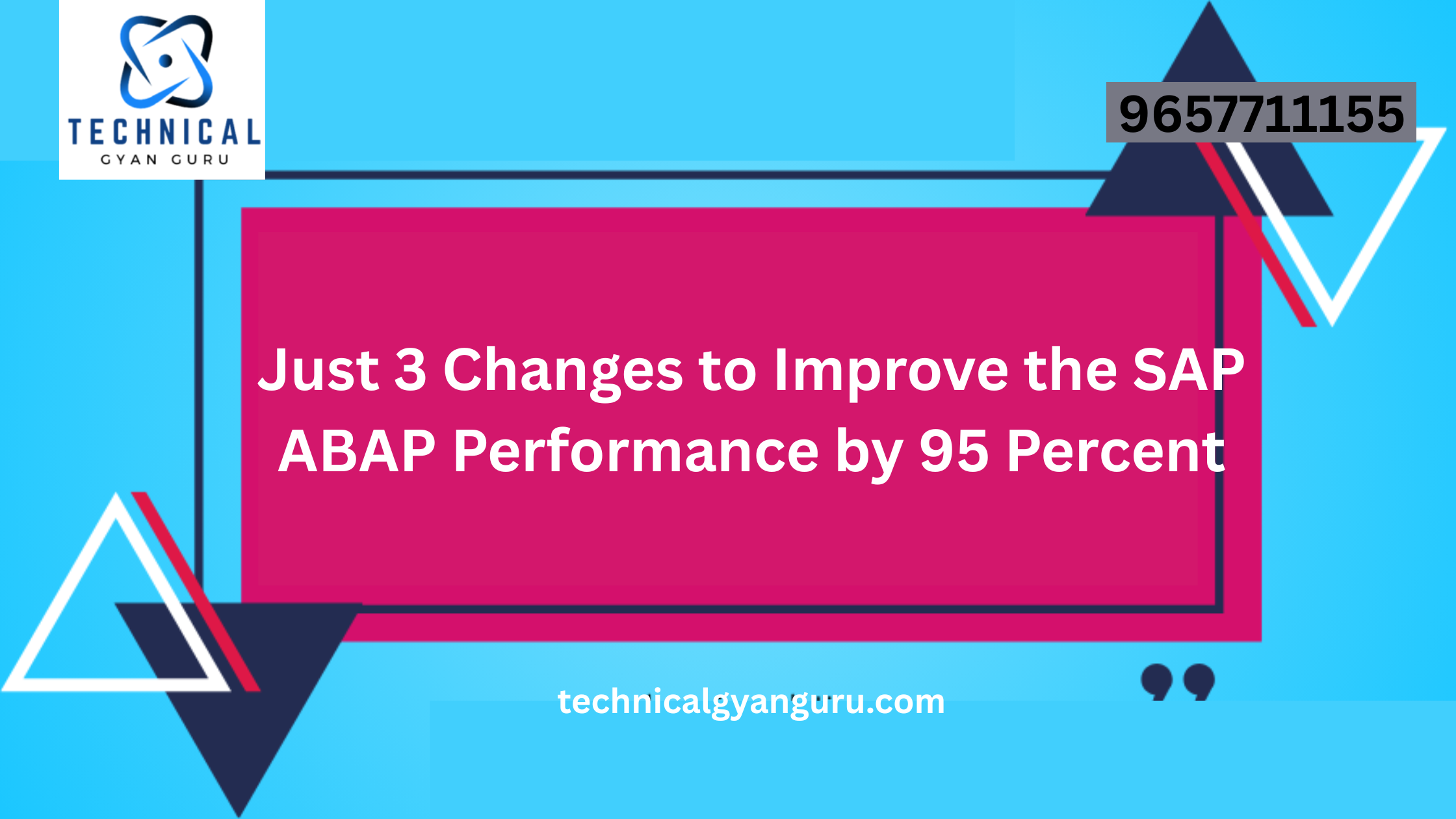
Introduction: SAP R/3
SAP R/3: In the realm of enterprise resource planning (ERP), SAP R/3 has long been a cornerstone, revolutionizing the way organizations manage their business processes. SAP R/3, an integral part of the SAP business suite, provides a comprehensive and integrated solution for businesses to streamline their operations, enhance efficiency, and gain a competitive edge in today’s digital landscape. In this blog, we’ll delve into the key features, evolution, and significance of SAP R3 in the world of ERP.
Understanding SAP R/3:
SAP R/3, short for “Real-Time Data Processing 3-tier architecture,” is an enterprise resource planning software developed by SAP SE. It serves as the third iteration of the SAP R/1 and R/2 systems, introducing a client-server architecture and a modular structure that has become a hallmark of modern ERP systems.
Key Features and Components:
- Modular Architecture:
- SAP R3 follows a modular structure, allowing organizations to select and implement specific modules based on their business needs. Common modules include Finance (FI), Controlling (CO), Sales and Distribution (SD), Materials Management (MM), and Human Resources (HR), among others.
- Client-Server Architecture:
- The client-server architecture of SAP R3 enables distributed computing. Clients (user interfaces) communicate with application servers, which, in turn, interact with the database servers. This architecture enhances scalability, flexibility, and performance.
- Integrated Data:
- SAP R3 facilitates the seamless integration of data across various modules. This integration ensures consistency and accuracy in information, eliminating data silos and enhancing cross-functional visibility.
- Real-Time Processing:
- True to its name, SAP R/3 focuses on real-time data processing. This capability enables organizations to make informed decisions based on up-to-the-minute information, contributing to agility and responsiveness in a fast-paced business environment.
- Customization and Extensibility:
- The platform allows for extensive customization to meet the unique requirements of different industries and businesses. Additionally, organizations can develop custom applications and functionalities to extend the capabilities of SAP R/3.
- Workflow Automation:
- SAP R/3 incorporates workflow automation to streamline business processes. This feature ensures that tasks move seamlessly through predefined steps, reducing manual intervention and improving process efficiency.
Evolution and Transition:
- Transition to SAP ECC:
- SAP R3 underwent an evolution with the introduction of SAP ERP Central Component (ECC), which integrated new technologies and improved functionalities. This transition marked a shift towards a more service-oriented architecture.
- SAP S/4HANA:
- In recent years, SAP has introduced SAP S/4HANA as the next-generation ERP suite, offering a simplified data model, improved user experience, and in-memory computing. While SAP S/4HANA represents the future of SAP’s ERP solutions, many organizations continue to operate on SAP R3 and its successors.
Significance in the Digital Age:
- Legacy Support:
- Despite the emergence of newer SAP solutions, many organizations still rely on SAP R/3 for its stability and robustness. SAP continues to provide support and maintenance for SAP R3 systems to ensure the longevity of this legacy ERP platform.
- Data Migration to SAP S/4HANA:
- Recognizing the evolving technological landscape, SAP encourages organizations to migrate from SAP R/3 to SAP S/4HANA. The transition allows businesses to leverage the latest technologies, such as in-memory computing and advanced analytics, for enhanced efficiency and competitiveness.
Conclusion:
SAP R3 has played a pivotal role in shaping the ERP landscape, providing organizations with a comprehensive and integrated solution to manage their business processes. As technology continues to evolve, the transition to SAP S/4HANA signifies the ongoing commitment of SAP to empower businesses with cutting-edge ERP capabilities. Whether organizations continue to operate on SAP R/3 or embrace the latest SAP solutions, the legacy of SAP R3 endures as a testament to its enduring impact on enterprise resource planning in the digital age.







